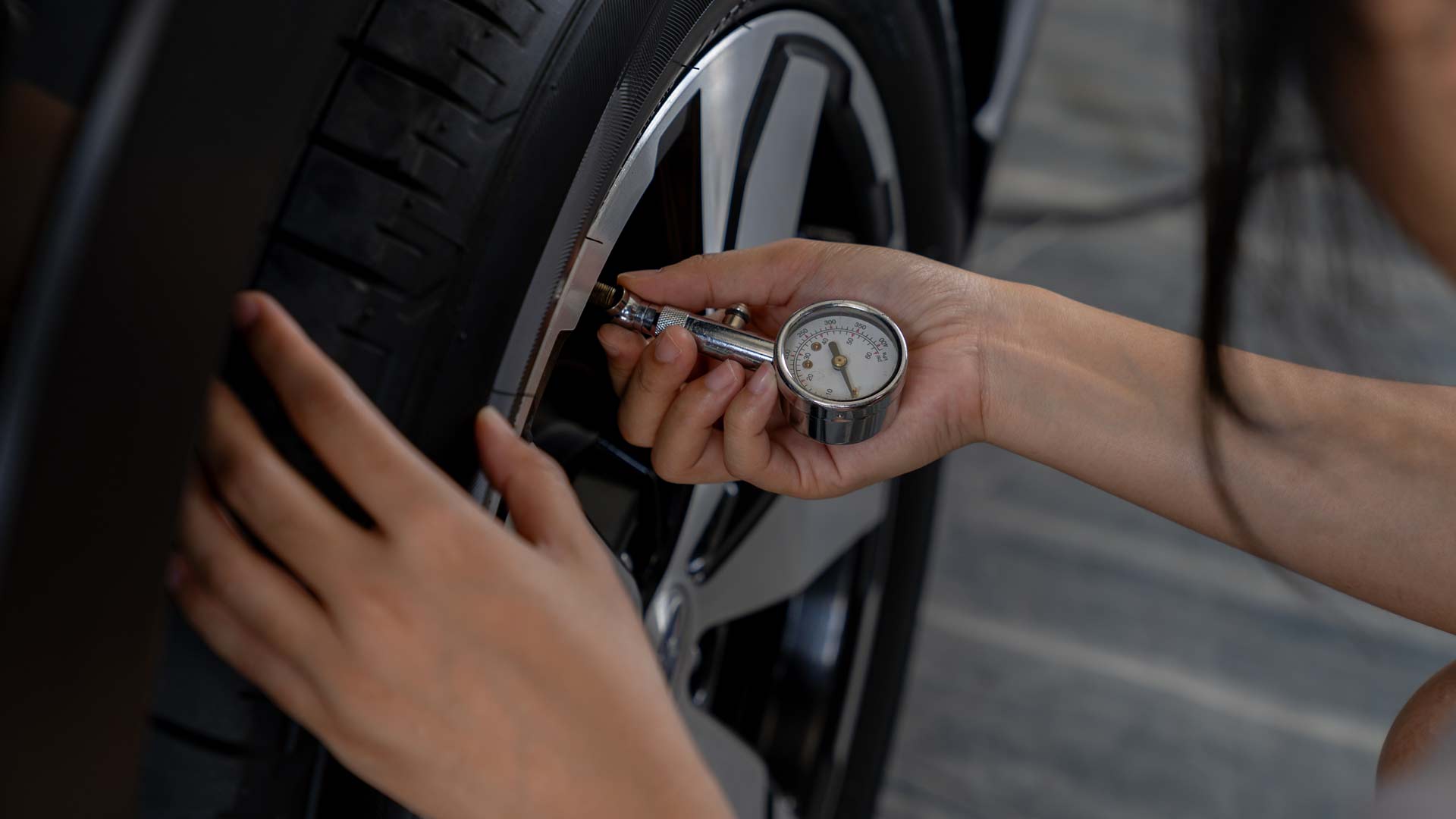It won’t have escaped your notice that winter is upon us. The days are short, and the nights long. For EV drivers, the onset of winter means that you’ll be getting fewer miles out of a full charge on your electric car.
But there are ways to improve the winter range on your EV – and some tricks which will make you realise electric cars can be much cosier and more practical ithan a petrol or diesel when the cold weather arrives. Read on to discover our top tips for surviving winter in an EV.
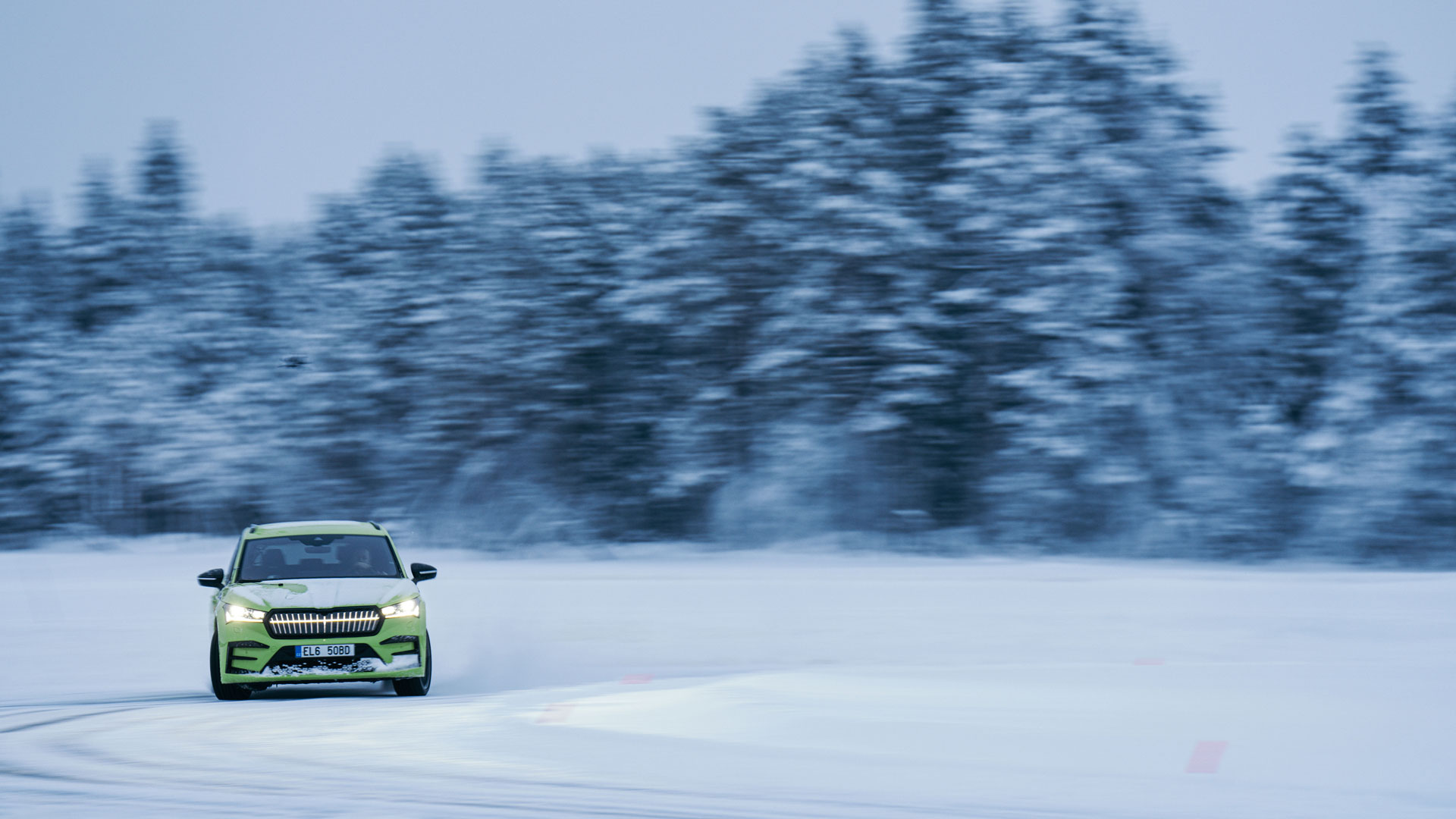
Get in the mode
If you’re ever read articles about how to drive in snow and ice, chances are they related to petrol and diesel cars. Pick through the bones of the advice and you’ll find guidance on keeping your revs down and selecting a higher gear to minimise wheel spin. Which is all well and good, but what can electric car drivers do to make driving as safe as possible?
The good news is that you really don’t need to do anything different. If you’re driving on snow and ice, it’s wise to factor in longer stopping distances and go easy on both the brake and accelerator pedal. In other words, try to minimise the work the traction control system has to do.
Because an EV uses an electric motor to drive the wheels rather than a combustion engine, regulating power output is a lot easier. Wheel sensors detect when a wheel is slipping and can work out which is the best way to regain traction. This can be by cutting power or applying the brakes. Or a combination of the two. The bottom line is that you don’t need to worry, because the car works it all out for you. Modern traction control systems are staggeringly good at making sure that your car remains under control, so that all you need to do is look a long way up the road, leave a big gap between you and the car ahead, and then drive sensibly and plan a little further ahead when it comes to junctions and corners.
If you have your car set up for one-pedal driving or with regen on max, you might want to consider switching it off in snowy conditions. Because regen ‘brakes’ the car (by using the motor), there’s a risk of the braking force being enough to break the tyre’s traction.
Selecting ECO mode (if your car has one) is another good tip. ECO modes tend to ‘dull’ the throttle response, leading to more gentle power application. By reducing the chances of a sudden wheel speed increase, your car will feel more stable and less prone to wheel spin.
Some electric cars, for example the Hyundai IONIQ 5 and 6, also come with a snow mode. Like ECO mode, this reduces how quickly power is fed to the wheels and in the case of Hyundai models, also switches off regen. It also changes the parameters of the traction control system to help stabilise the car when driving on snow or ice.
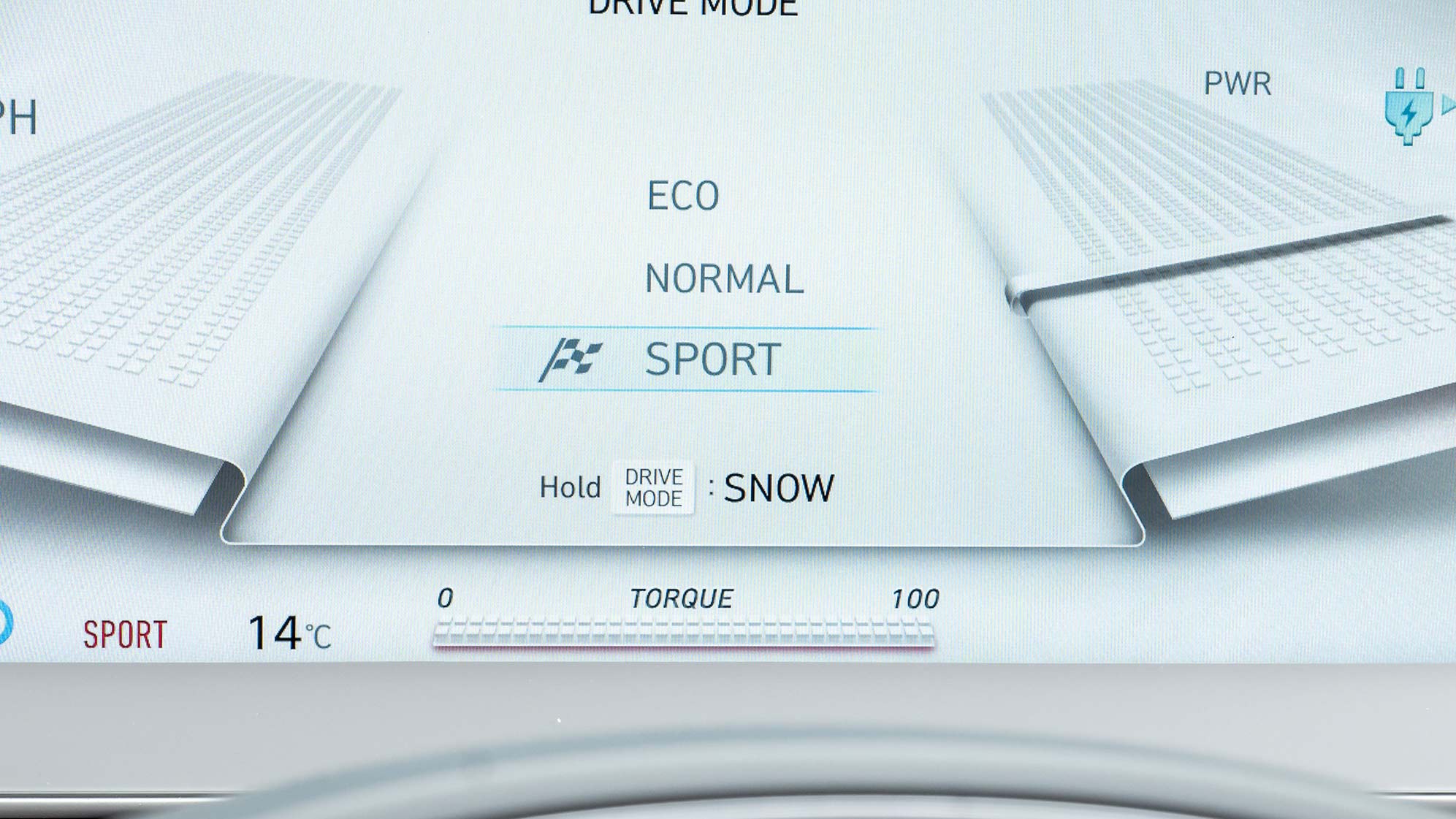
Feeling tyred of winter?
In many parts of the world, winter tyres are a legal requirement in the colder months of the year. Although winter tyres look like the regular ‘all weather’ tyres we’re used to in the UK, they come with special, wider tread patterns and compounds designed specifically to cope with icy and snowy conditions.
If you live in a rural area that is affected by snow and ice on a regular basis in winter, you might want to consider investing in a set of proper winter tyres. While buying a set is a major outlay, especially if you buy a second set of wheels to avoid two tyre changes every year, they are remarkably good at handling poor conditions.
Don't be too frightened if your EV is rear-wheel-drive though. While most internal combustion-engined cars have the engine at the front, an EV has the motor at the same end as the driven wheels. This - and better weight distribution - means you can expect better traction.
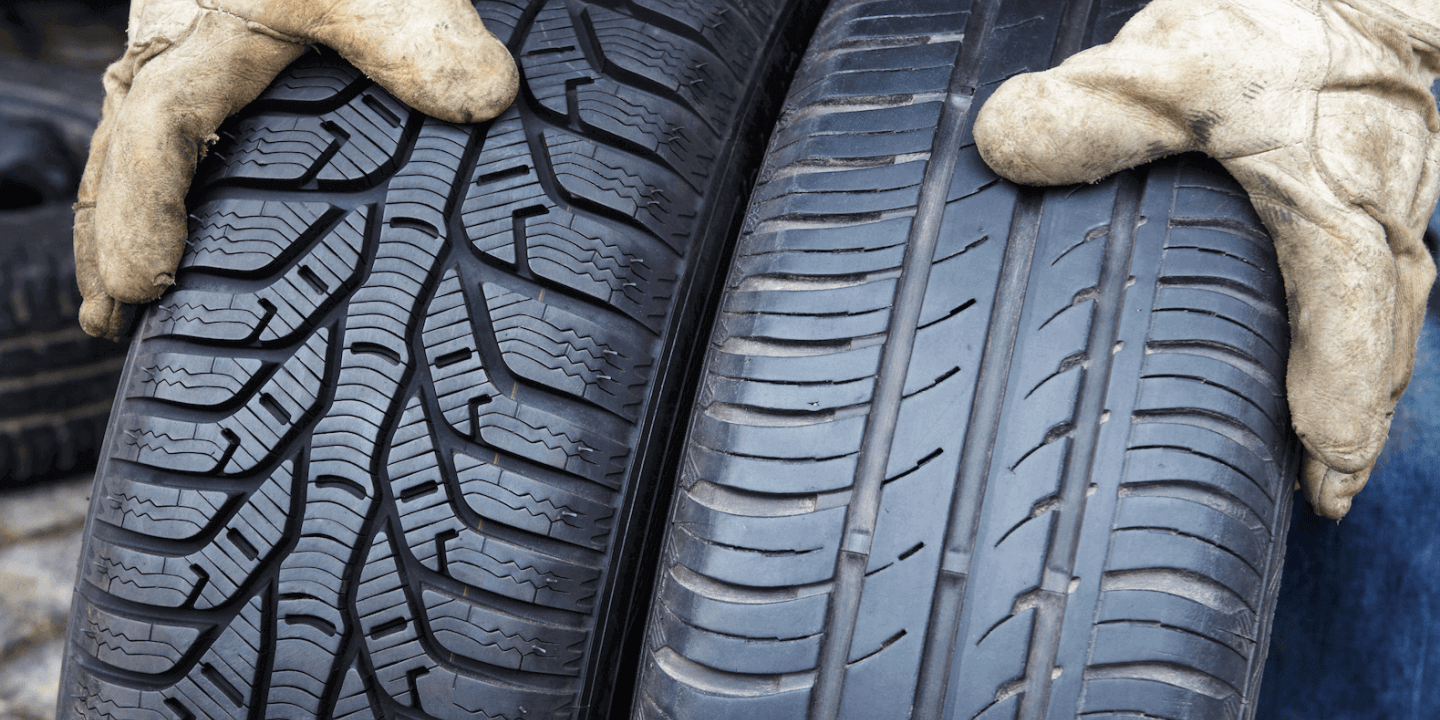
Precondition your battery
The most important part of your electric car is the bit you can’t see - the battery. Like all of us, battery packs do their best work when they’re not too hot, and not too cold.
The best way to make sure your electric car is at this ideal operating temperature is to use something called preconditioning. This draws power from your wall charger to warm both the cabin and the battery pack before you drive away, so you are using mains power to do the heating. Setting everything up will vary according to the make of car you have, but most electric cars have an app. Just set your departure time, hit send and the car will do the rest.
There are two reasons why preconditioning your electric car is a good idea. The first is that electric car batteries are built from lithium-ion cells. When the weather is cold, the chemical reactions are slower and the pack loses its charge faster. If you’ve ever tried to use a smartphone on a really cold morning, you’ll know what we are talking about. Preconditioning warms the battery pack and makes it ready to work at its full efficiency the moment you hit the accelerator.
The second reason why preconditioning is such a great idea is because it makes the cabin warm before you’ve even set off. Otherwise you’ll be using a lot of power from the battery just to get the cabin up to a temperature and energy used to heat the cabin is energy you don’t have to drive the wheels.
The added bonus is that you’ll save all that time you used to spend scraping ice off your windows and waiting for the car to get warm. The car simply does it while you are eating breakfast, or hitting the snooze button one last time.
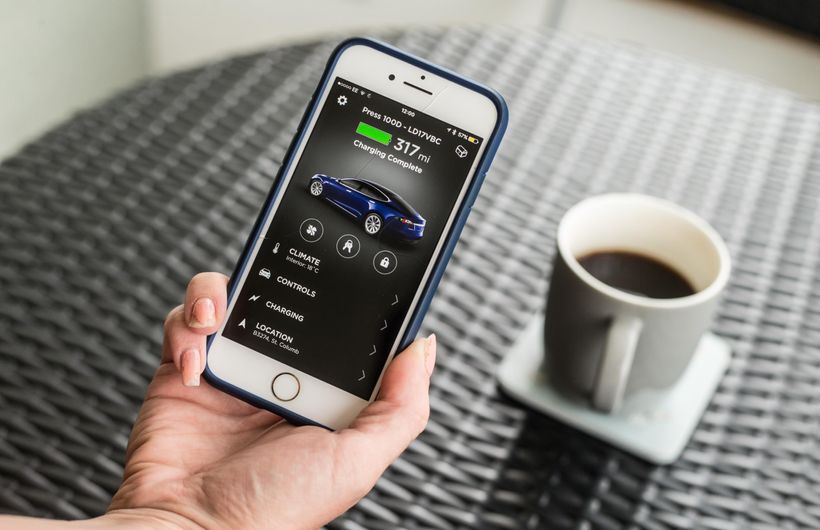
Preconditioning for faster charging
Okay, here’s the confusing bit. There are TWO types of battery preconditioning. The first, detailed above, ensures that you’ll be lovely and toasty when you get in. The second, ensures that your battery is ready to charge at its maximum (or near it) speed.
Before I go any further, I should point out that not all electric cars can precondition their batteries. Teslas can (as long as you’re heading to a Tesla charger), along with newer Volkswagen ID. models, some Volvos and some Hyundais. Battery preconditioning for charging works by heating the pack up as you get near a charger. A nice hot pack will charge WAY faster than a cold one, which means less time hanging around.
Most systems require you to use the car’s inbuilt sat-nav system and have a charger set as your destination. Volkswagen’s system is one of the smarter ones, because it allows the driver to manually select battery preconditioning, which means that you have greater choice over what navigation system you use.
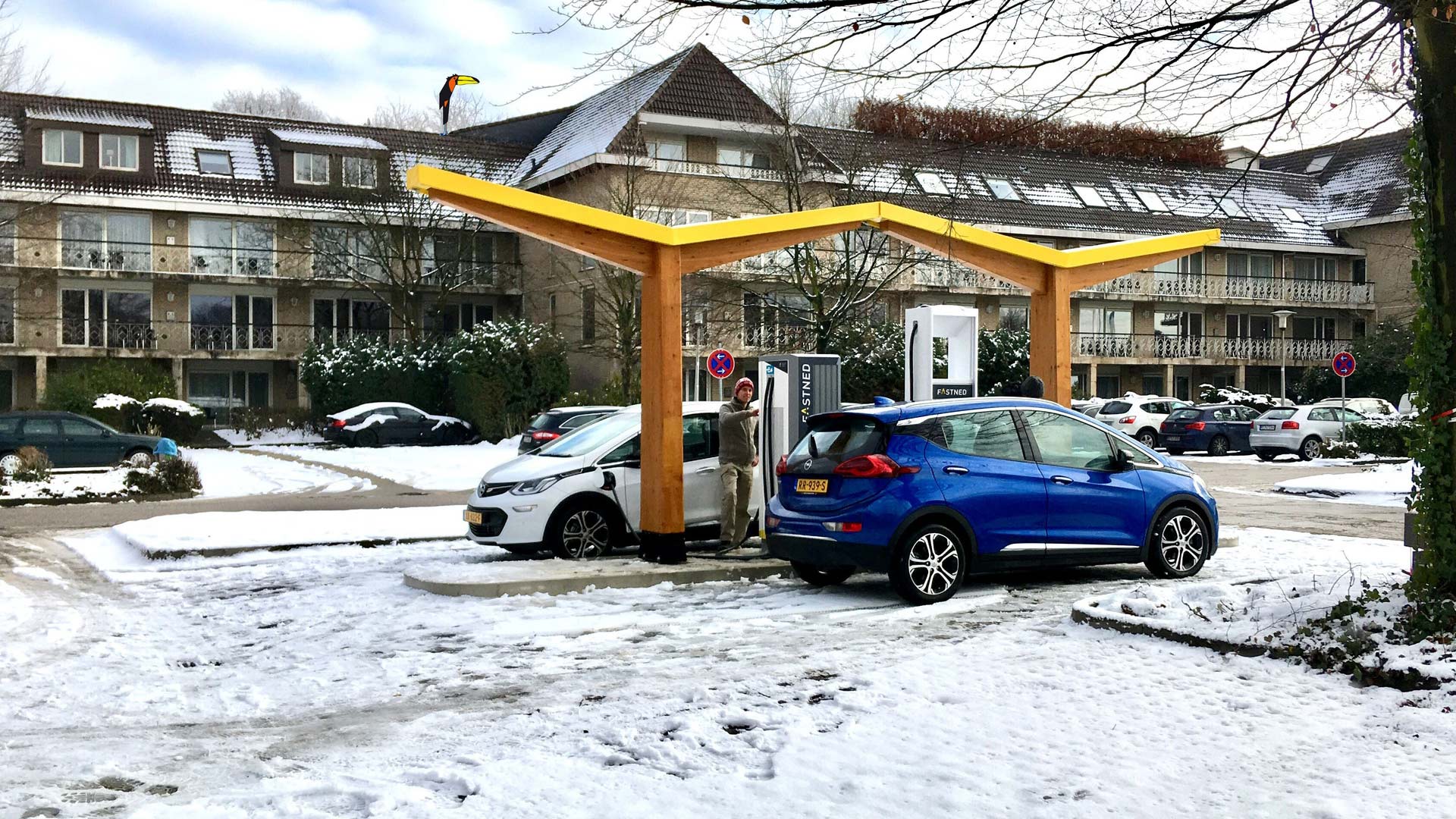
Prepare for the worst
Spoiler alert: all cars are vulnerable to the winter and even electric ones can fall foul of jack frost. Although there are far fewer mechanical bits to go wrong in electric cars, there are still a few weak links that can let you down. The main culprit is the 12 volt battery, that infuriating lump of 60 year old tech that can ruin your day. All cars need a 12 volt battery to get them going. In a combustion car, the 12 volt powers the starter motor and fuel pumps to get it running. In an electric car, it powers a relay that wakes up the main traction battery (because having a 400 or 800 volt battery live ALL the time is bad idea).
Problems arise with 12 volt batteries because all modern cars are doing stuff all the time. They’re running alarm systems, clocks, apps, internet connections etc etc. Every time you open your car app on your phone, the 12 volt battery is being used. EVs charge their 12 volt batteries when they’re driving and when they are charging. However, if your traction battery is running low on charge, some cars stop sending charge to the 12 volt to extend driving range. If this happens, the 12 volt runs so low on charge that it can’t fire up the next time you need it.
To make sure this doesn’t happen, try to make sure that you have at least 20% of main battery charge if you’re going to leave the car for a period of time. Or plug in as soon as you are able to. Also consider investing in a charge pack. These are small battery boosters that can deliver a 12 volt output to get you moving again. A decent one will set you back £100 or so, but they can be life-savers if you find yourself stuck with a dead 12 volt battery.
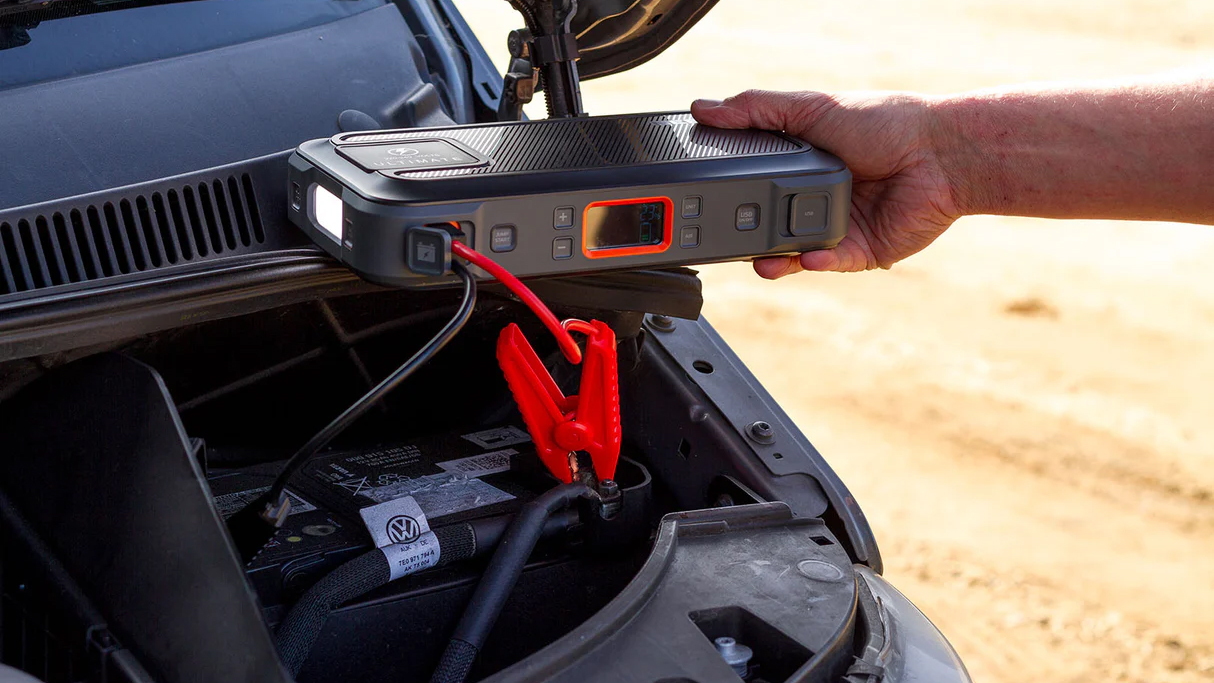
Be heat smart
With petrol or diesel power, keeping warm inside is pretty easy. The engine generates heat which is easily piped into the living quarters. With electric cars, the batteries and motors are so efficient that they don’t generate a lot of heat. Certainly not enough to keep you warm on a cold morning.
Using the car’s heater is a pretty inefficient use of your electricity. If you think about it, you don’t get many battery-operated heaters to use around the home as it’d take an awful lot of AAs to warm anything. So our advice is to try and heat yourself rather than the empty space around you.
By this we mean you’re better off turning down the car’s main heater and cranking the heated seats and steering wheel up if you have them. Likewise, if you have a heated windscreen – use that rather than the blower to defrost.
Don't worry too much about getting stuck in snow or heavy traffic and getting too cold though. Unless your battery is nearly empty you will be able to keep warm and a car which isn't moving is easier to keep warm, but for your peace of mind don't gamble on the range too much if there is a risk you might get stranded.
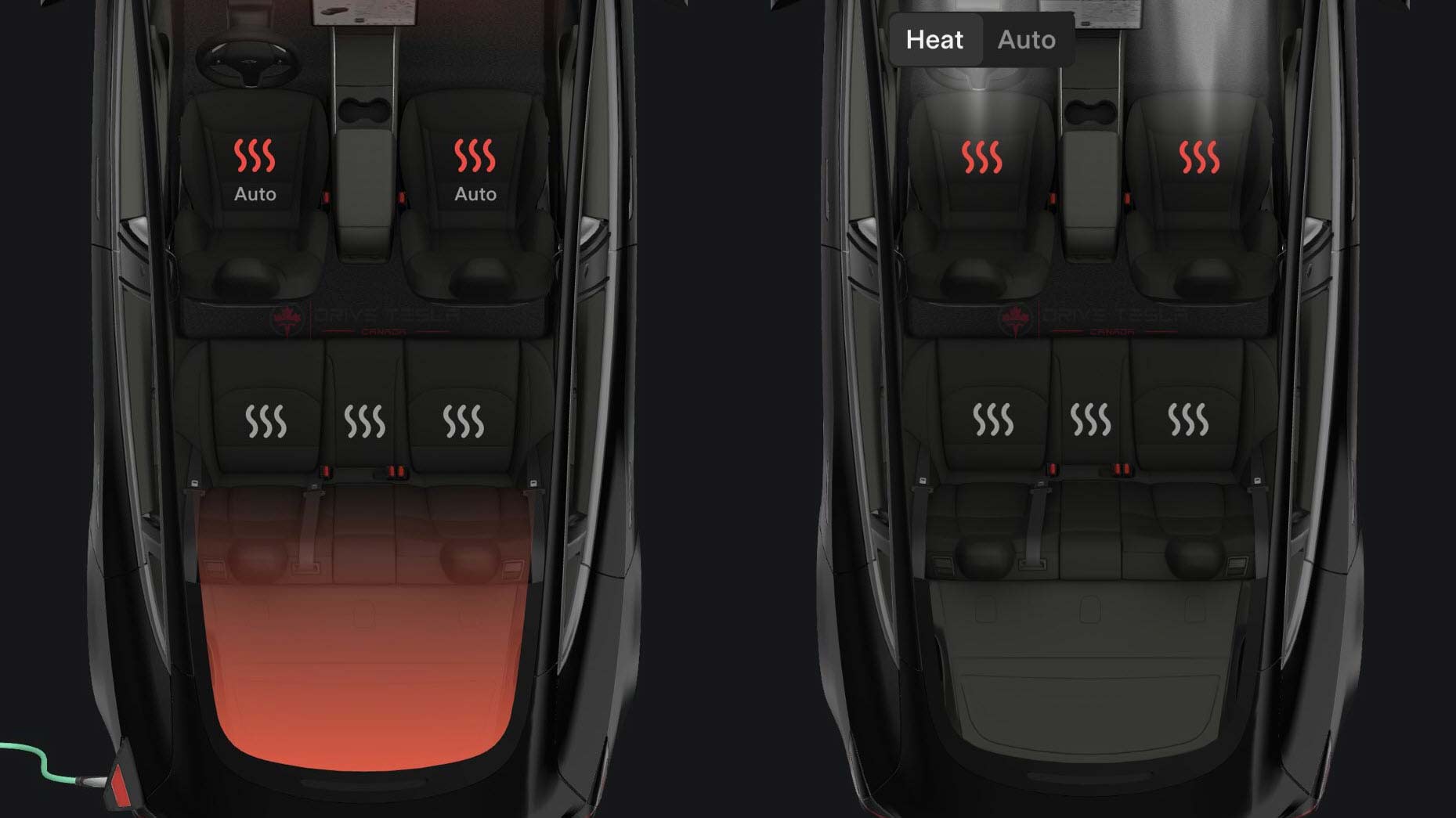
Declutter
Some people (me) have as much junk in the back of their car as in their house. Maybe it’s on its way to the tip, post office, charity shop or there’s a bag full of kit just in case you get the urge to go back to the gym. But getting rid of all this is another clever way to maximise the range of your electric car.
Why? Well, like with any car, weight is king when it comes to getting the most from your power source. And that’s especially true in winter for an EV when the battery is working flat out keeping you warm AND getting you from A to B. Car makers spend a fortune trying to take weight out of electric car, using exotic materials and clever engineering. And then we undo it all with a carrier bag full of books we’ve been carrying around for months. Think about it - if you had to put all the junk in your car into a backpack and carry it around, you’d run out of energy pretty quickly. So does your car. So ditch the junk and watch that range figure go up!
Become a driving mode ninja
Another great way to go further in winter is to master your use of the drive mode selector. Nearly all electric cars have some form of selector as standard. These allow you to alter the way in which your car uses the charge from its battery. In normal mode, you get maximum performance from the motor and can have as many gadgets and gizmos on the go as you like.
A lot of drivers will just leave the car in whatever mode it goes into when they hit the start button and never bother to change it. That’s fine of course, but if you want to maximise your range in winter, you’ll need to become something of a driving mode ninja.
Every car maker has a different name for the various modes on offer, but essentially they do the same thing. Usually, you’ll find that an eco or range setting will limit some of the functions of the heating system and whack the brake re-generation up to max. If it doesn’t do that automatically, make sure you get that button pressed for maximum energy recuperation - it’s worth it.
Most will also limit the pulling power of the motor to prevent you frittering away your charge with too many Grand Prix starts. This can be especially useful in winter, as the instant power you’ll get from an electric motor can cause some scrabbly wheels when pulling away in wet and icy conditions.
Some cars go even further with what’s known in the business as an Apollo 13 setting. This will switch off all but the essential kit on your car, so while you’ll still have important stuff like lights and windscreen wipers, the heating will be switched off and you’ll be limited to a fairly low top speed. You may get to your destination with mild frostbite, but at least you’ll have made it.
And then of course there is a snow or traction mode in some EVs. This sets the controls to be on alert for slip and limit the initial power, making it much easier to set of on snow and ice.
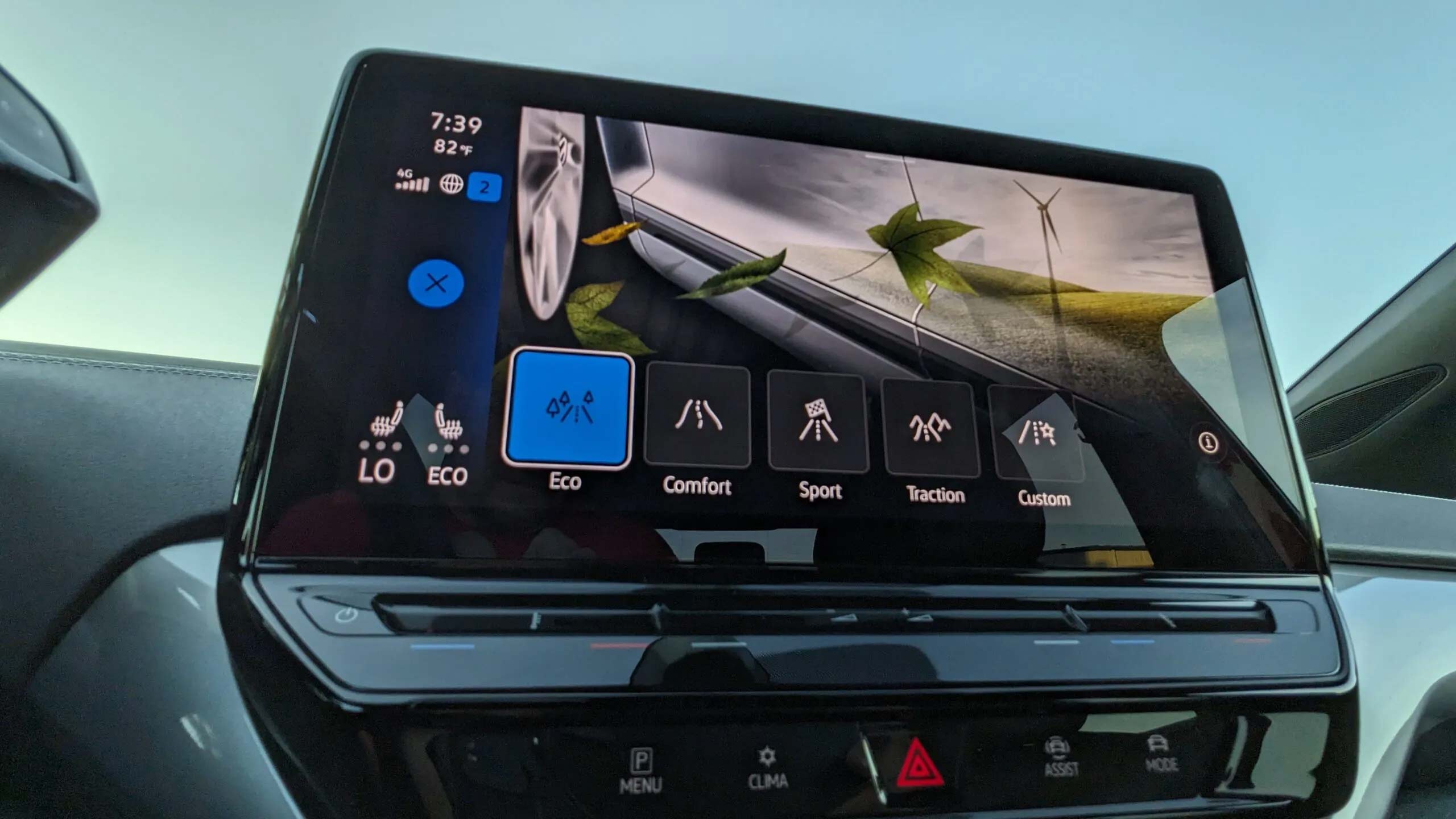
Plot your route
Winter driving in an electric car is all about efficiency. It might sound a bit nerdy, but to get the most out of your car when the thermometer drops, you’ll need to look at every part of your journey.
If it makes the difference between getting home or having to do what’s known as a splash and dash at a rapid charger, your geeky attention to detail will pay extra dividends over winter.
Route planning might sound like something only a scout would find fascinating, but believe us - it’s something a lot of electric car owners swear by.
Let’s say we’re going from Weymouth to Oxford and we use a route planner like Google Maps. The fastest route is 161 miles and takes two hours and 40 minutes. Now the trick here is to look at the alternatives it offers you because the mapping software assumes that you’ll want to go on a motorway and that you’ll doing 70mph all the way. A second route will take around the same amount of time but is 44 miles shorter. Plus most of it is on 60mph roads - and they will take far less out of your battery pack than the motorway will.
So choose that route, see a bit of the British countryside and hopefully arrive without the need for a recharging stop. Oh, and don’t forget if you drive a plug-in hybrid to use your sat-nav, even on regular or often-used journeys - most have a neat little bit of software that works out the most efficient way of using the available battery power. But only if you can tell it where it’s going!
Under pressure?
When’s the last time you checked your tyre pressures? In warm weather the air in your tyres expands and the pressure reading will be higher. In cold weather the opposite happens, and under inflated tyres sap power from the motor – just imagine trying to kick a flat football around – it won’t go nearly as far down the pitch as on which has been pumped up. So invest in a decent gauge and check the pressures. The recommended figures will be on a little sticker in the car, usually around the driver’s door frame or inside the charging flap. If all else fails – ask the internet or have a look in the manual.
